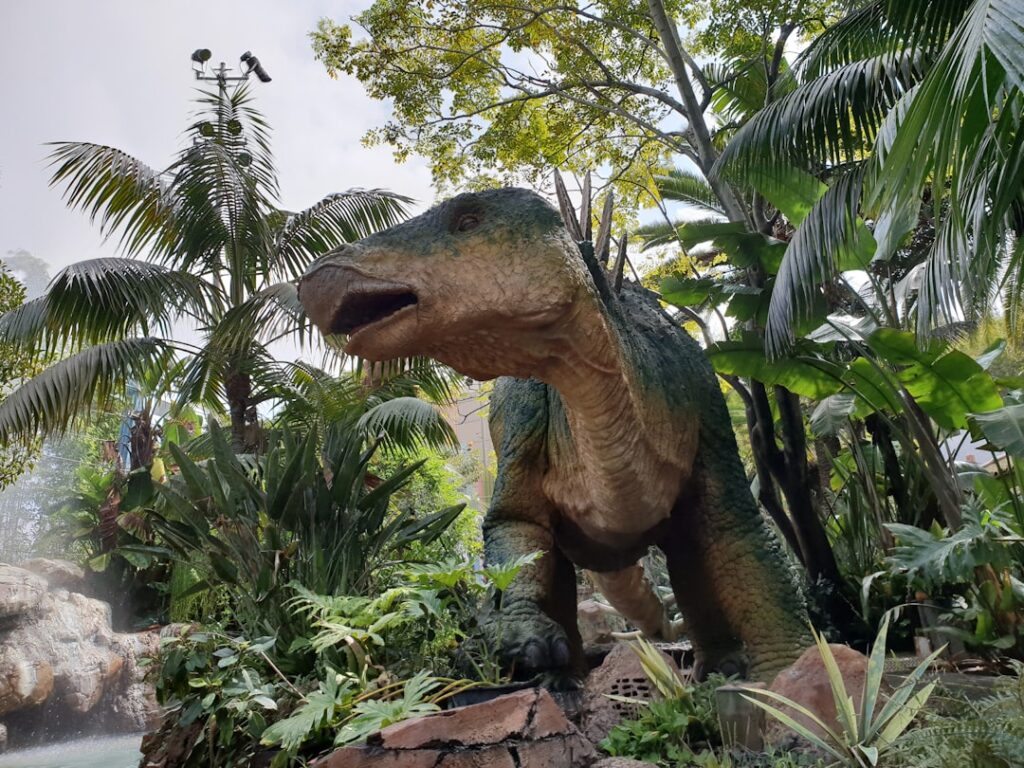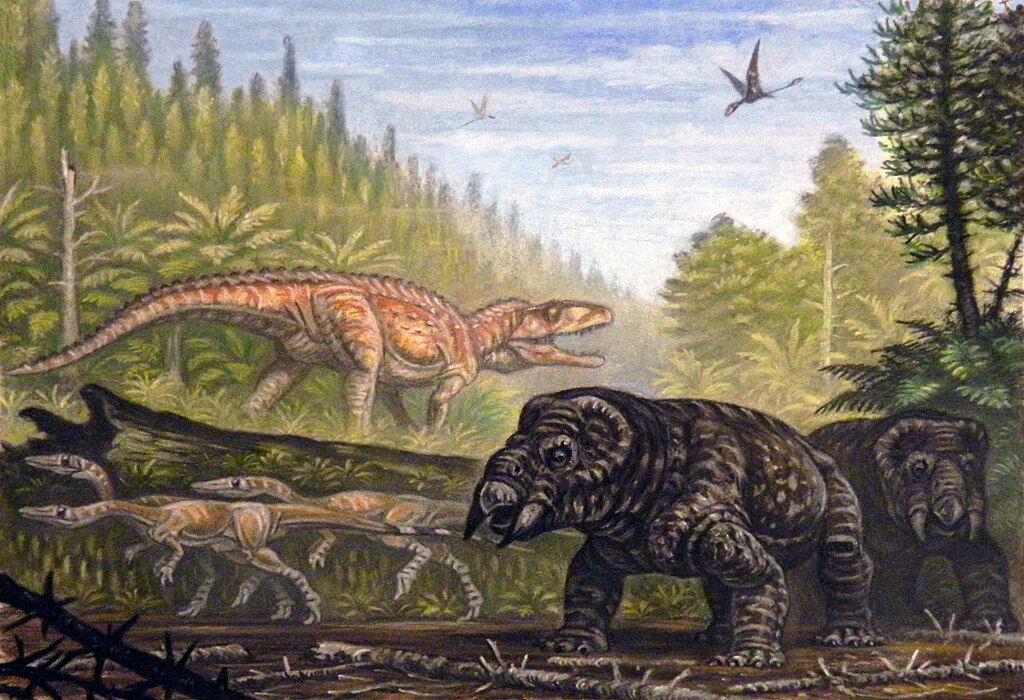Picture walking across the vast landscape millions of years ago, and you’d encounter some of the most enormous creatures that ever walked the Earth. isn’t just known for its oil fields and cowboy culture. It’s also home to some of the most spectacular dinosaur discoveries in North America, with fossils that have rewritten our understanding of these ancient giants.
From the limestone riverbeds of Glen Rose to the remote deserts of Big Bend, has yielded an astounding collection of massive dinosaur remains. These colossal finds tell the story of an ancient world where towering sauropods browsed prehistoric forests and massive predators ruled the land. So let’s dive into these incredible discoveries that showcase just how big life really was, even millions of years ago.
Alamosaurus: The Continental Giant That Ruled North America
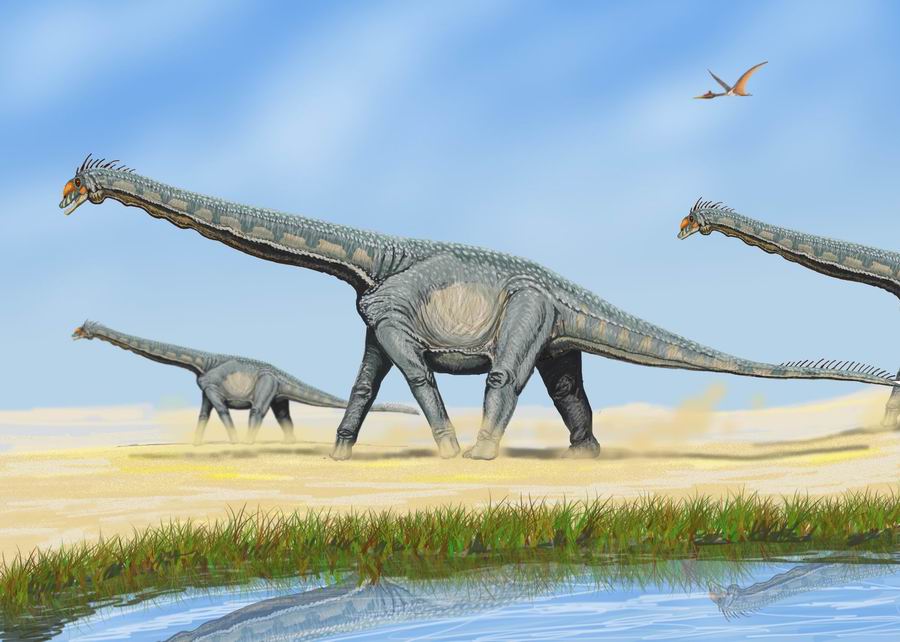
Deep within Big Bend National Park lies one of the most significant dinosaur discoveries in recent history. The Alamosaurus was a long-necked dinosaur that roamed North America during the late Cretaceous period from about 70-66 million years ago, and represents the largest known land-dwelling animal to have lived in North America. Students from Sul Ross State University recently unearthed a massive fossilized bone from this prehistoric behemoth, adding to our growing understanding of these incredible creatures.
What makes Alamosaurus particularly fascinating is its sheer size and significance in North American paleontology. This long-necked herbivore reached lengths of up to 98 feet and weighed approximately 73,000 to 176,000 pounds. The recent discovery at Big Bend is especially valuable because the fossil, identified as a vertebra, is believed to be part of one of the most complete skeletons of this species ever recovered in the region. These giants represented the end of an era, being among the last dinosaurs to walk the Earth before the great extinction event.
Sauroposeidon: The State Dinosaur That Touched the Sky
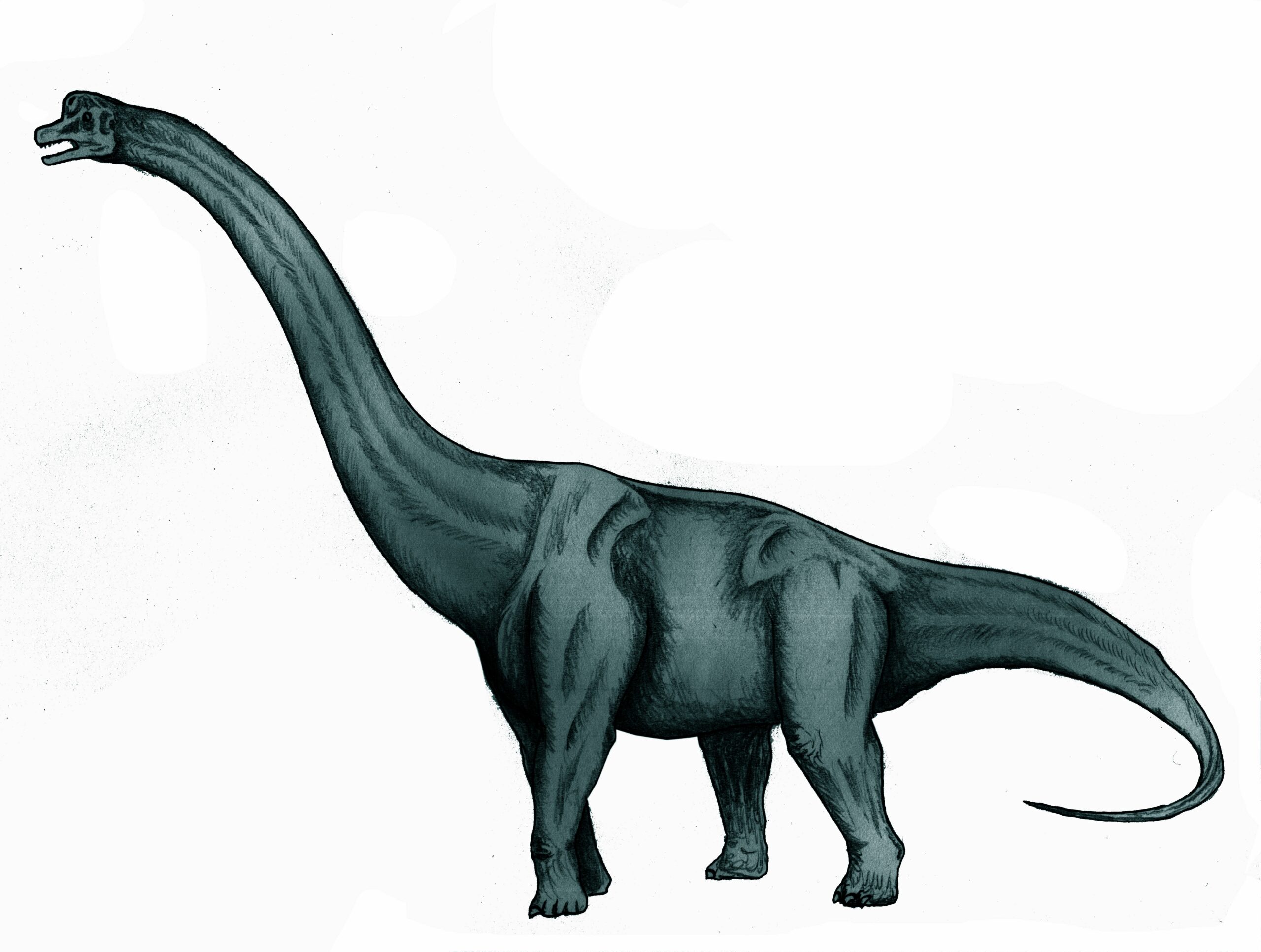
Sauroposeidon, the official state dinosaur of adopted in 2009, was the tallest dinosaur ever discovered and existed during the Early Cretaceous period from around 113 to 110 million years ago. This magnificent creature earned its status through sheer vertical dominance. Its head could reach heights of up to 56 feet and the entire animal stretched up to 112 feet in length. Standing next to this giant would have been like looking up at a six-story building.
The story of Sauroposeidon becoming ‘s state dinosaur is quite remarkable and involves some scientific detective work. Originally, numerous sauropod remains known under various names were consolidated under the genus Sauroposeidon in 2012, including Paluxysaurus jonesi, which had been ‘s previous state dinosaur. The discovery of the original Sauroposeidon fossils was equally dramatic. Initially found in 1994, the fossils were so massive that scientists first believed they were petrified tree trunks rather than animal remains, until further inspection revealed their true significance.
Bravoceratops: The Horned Behemoth Exclusive to Big Bend
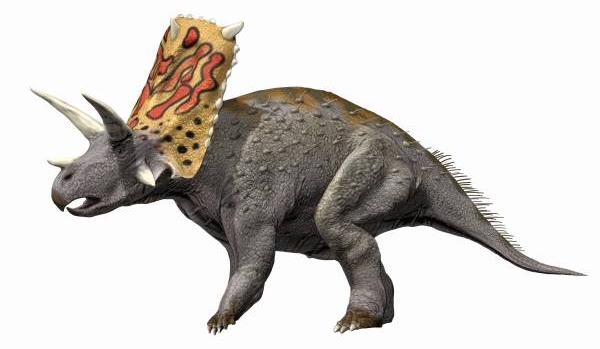
Big Bend National Park holds exclusive bragging rights to one of the most impressive horned dinosaurs ever discovered. Bravoceratops is a species of horned dinosaur named and described from Big Bend in 2010, and the Fossil Discovery Exhibit is currently the only place where this fossil species can be seen. This massive creature lived approximately 70 million years ago and represents one of the most significant paleontological finds unique to .
Bravoceratops was a horned dinosaur the size of a dump truck, with fossils discovered in Big Bend in 1988. The name itself tells a compelling story. The genus name means “wild horn-face” and derives from the Mexican name for the Rio Grande, “Rio Bravo del Norte,” while the species name polyphemus refers to the giant cyclops from Greek mythology. Big Bend National Park is known for the first and only Bravoceratops fossil, making this location a key site that has contributed significantly to ceratopsian fossil records through its partial skull discovery.
Acrocanthosaurus: The Massive Predator With Distinctive Spines
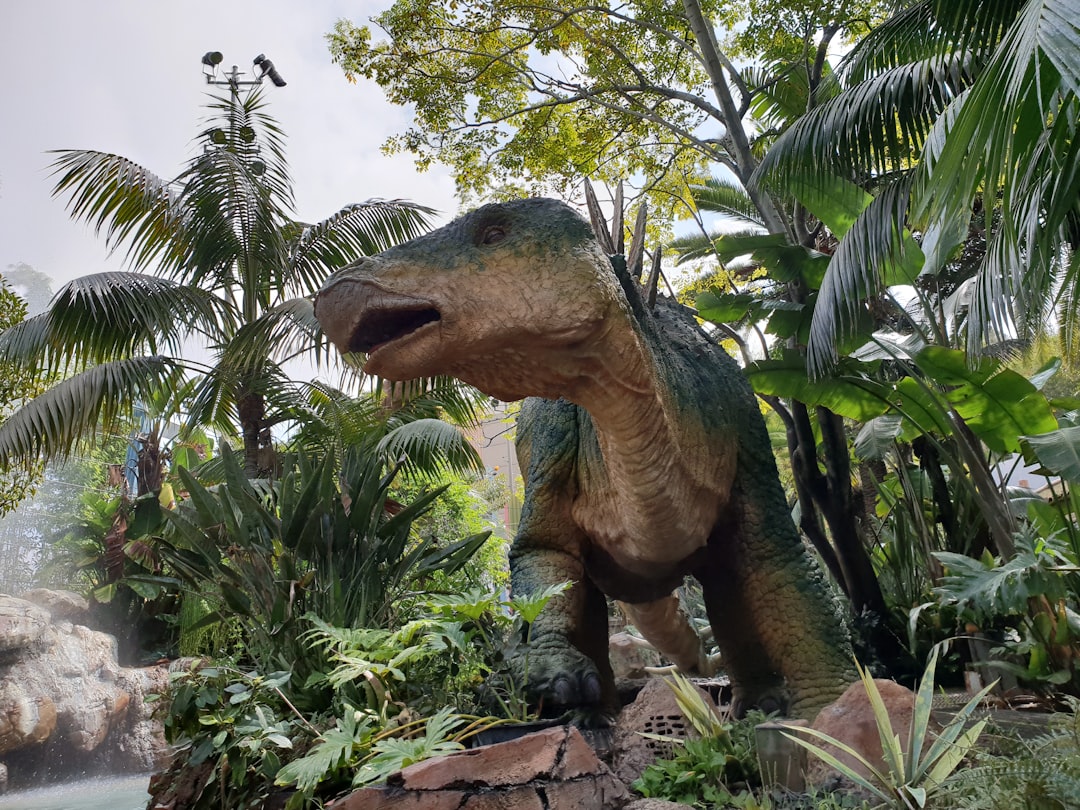
is home to traces of one of North America’s most formidable predators, leaving behind hundreds of fossilized footprints across the state. Acrocanthosaurus left hundreds of three-toed fossil footprints throughout central and northern and earned the nickname “top-spined lizard” due to a ridge of spines that ran down their back. Acrocanthosaurus was the second largest carnosaur in North America after Tyrannosaurus rex, with large three-toed tracks featuring claw marks.
What sets Acrocanthosaurus apart from other predators is both its size and its distinctive anatomical features. The tracks were left by meat-eating dinosaurs similar to Acrocanthosaurus, a roughly 38-foot-long bipedal carnivore that lived during the Early Cretaceous period. These massive predators have left an indelible mark on paleontology, literally and figuratively. A complete skeleton of Acrocanthosaurus is displayed in Idabel, Oklahoma, while public access to its footprints can be found near Glen Rose, . The abundance of trackways suggests these powerful hunters were common residents of ancient .
Paluxysaurus: The Original Giant Before the Name Change
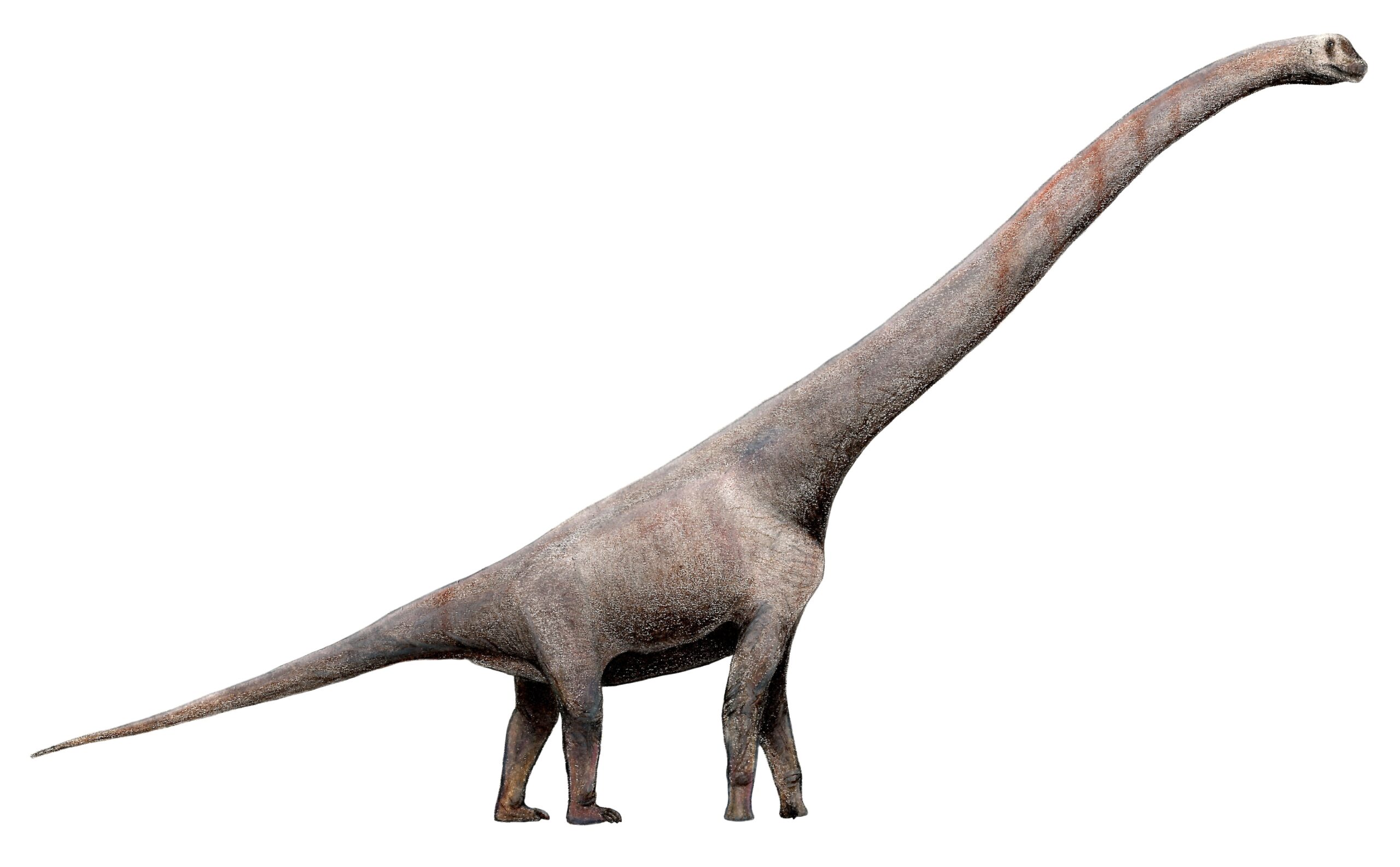
Before Sauroposeidon claimed the title, another massive dinosaur held the honor of being ‘s state dinosaur. Paluxysaurus jonesi weighed 20 tons, measured 60 feet in length, and had a neck stretching 26 feet long. This enormous sauropod was officially designated as the state dinosaur through legislative action, though it would later be reclassified as part of a larger scientific understanding.
The story behind Paluxysaurus illustrates the evolving nature of paleontological science. The erroneous promotion of Pleurocoelus as the official state dinosaur was corrected through House Concurrent Resolution No. 16 in 2009, which declared that the fossilized bones previously thought to be Pleurocoelus had been properly identified as Paluxysaurus jonesi. The massive Paluxysaurus jonesi was prepared for the Fort Worth Museum of Science and History, representing the world’s first full skeletal mount of this dinosaur species. However, scientific progress would eventually reveal that Paluxysaurus was actually the same species as Sauroposeidon, leading to the current classification.
Quetzalcoatlus: The Flying Giant With a Wingspan Wider Than a School Bus
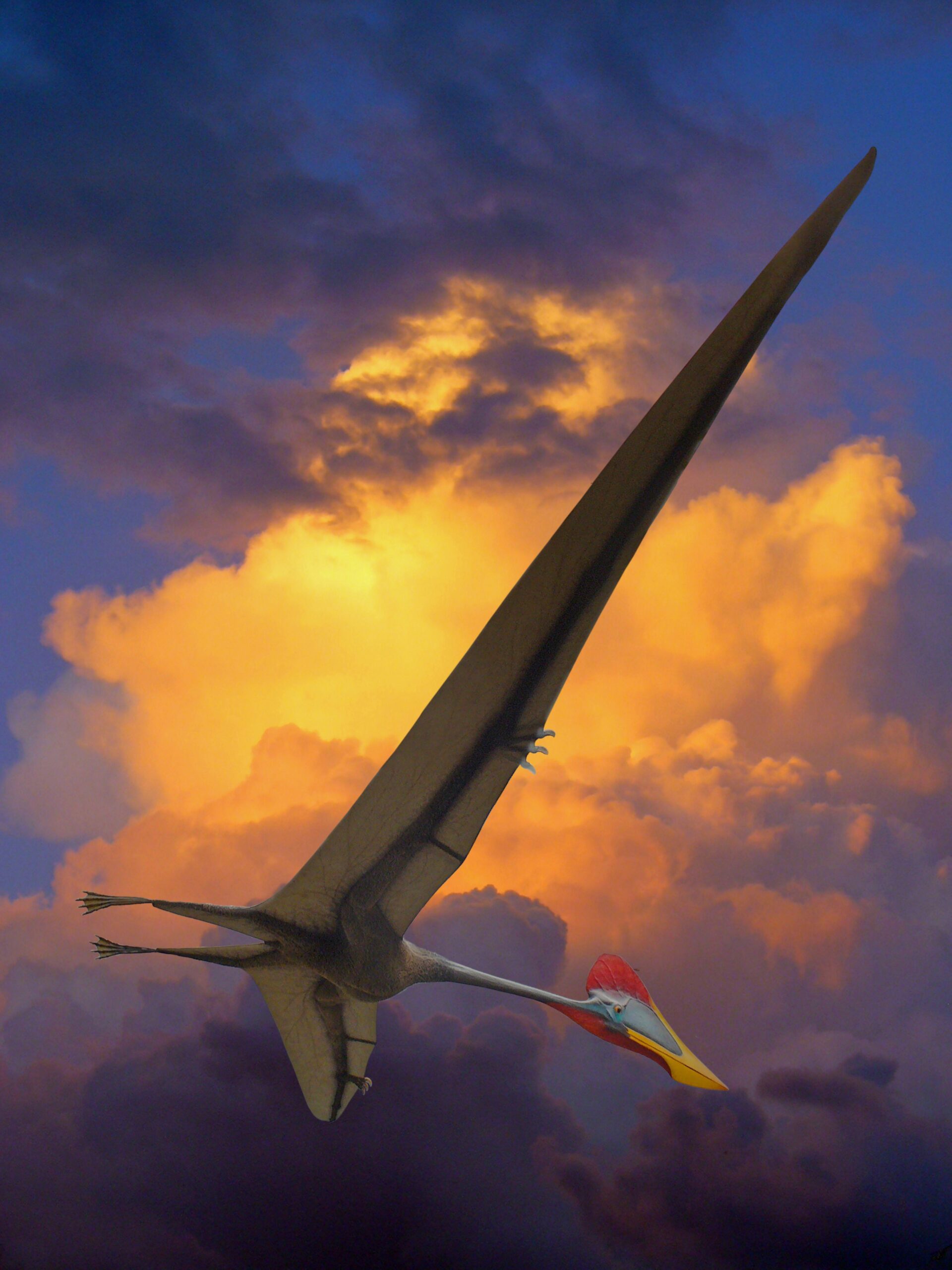
While technically not a dinosaur but a pterosaur, Quetzalcoatlus deserves mention among ‘s massive prehistoric discoveries due to its incredible size and significance. Among the remarkable finds at Big Bend are the fossilized remains of a giant pterosaur, with fossil remains suggesting it had a wingspan of approximately 36 feet. This flying reptile represents one of the largest creatures ever to take to the skies.
The giant pterosaur Quetzalcoatlus with its 35-foot wingspan is now displayed full scale in the park where it was discovered. Imagine looking up and seeing this massive flying creature soaring overhead during the Cretaceous period. Big Bend’s most celebrated finds include this 36-foot wingspan pterosaur, and among its discoveries are multiple species preserving an evolutionary story spanning millions of years from the Age of Reptiles. Though not a dinosaur in the strictest sense, Quetzalcoatlus shares the prehistoric landscape with these other giants and represents the incredible diversity of massive creatures that once called home.
Conclusion
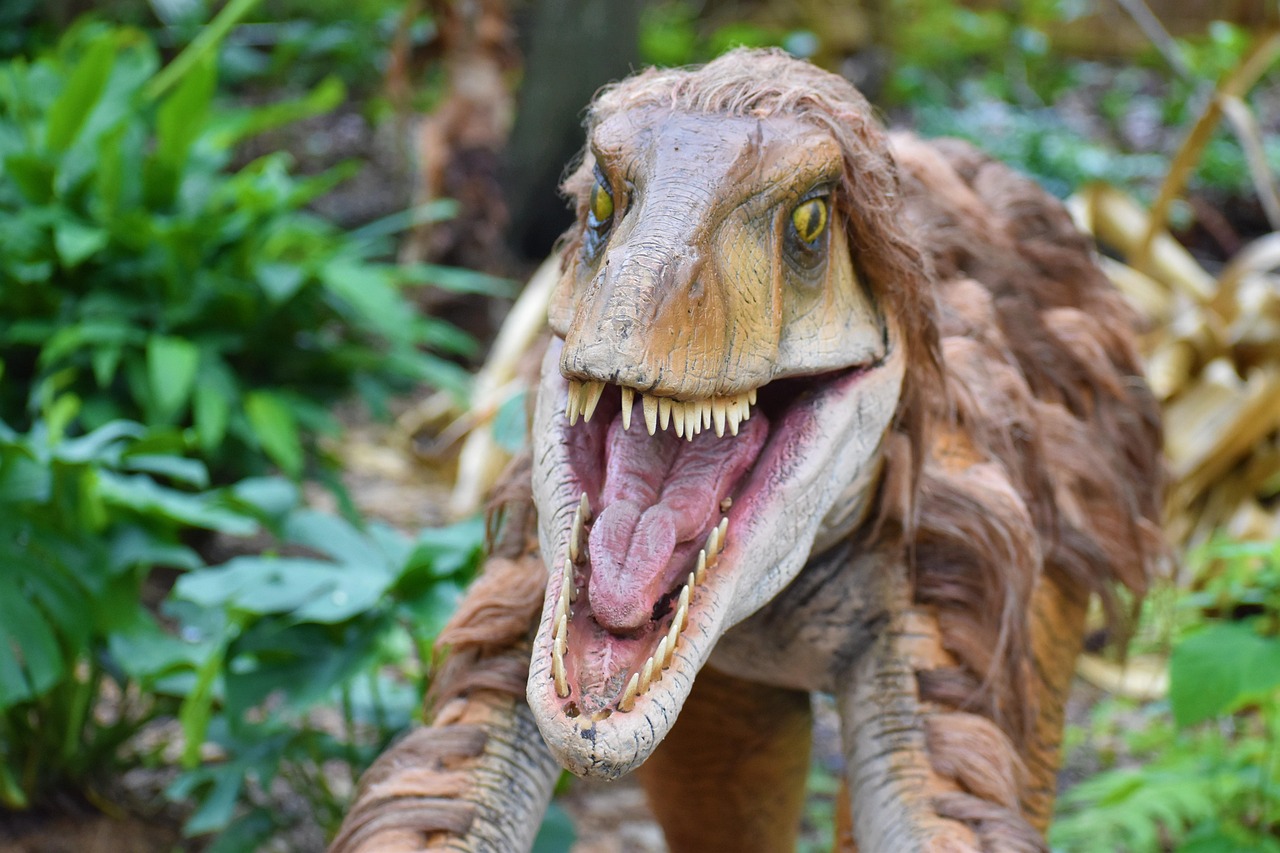
has proven itself to be one of the most important dinosaur fossil sites in North America, yielding discoveries that have fundamentally changed our understanding of these ancient giants. From the towering Sauroposeidon that could peer over treetops to the massive predator Acrocanthosaurus that stalked the prehistoric landscape, these finds showcase the incredible diversity and size of creatures that once roamed the Lone Star State.
These discoveries continue today, with new fossils being unearthed regularly across . Each find adds another piece to the puzzle of prehistoric life and reminds us that has always been a land of giants. What other colossal creatures might still be waiting beneath the soil, ready to rewrite paleontological textbooks once again?

